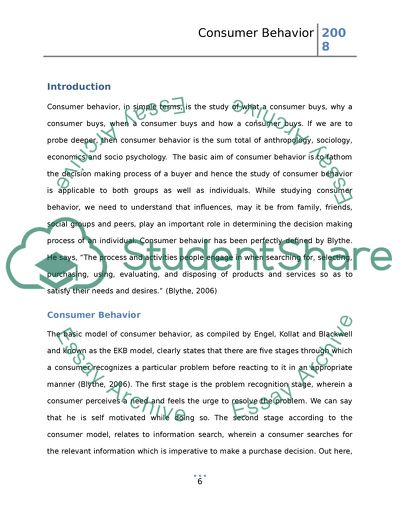Cite this document
(Studying Consumer Behavior Coursework Example | Topics and Well Written Essays - 1500 words, n.d.)
Studying Consumer Behavior Coursework Example | Topics and Well Written Essays - 1500 words. https://studentshare.org/marketing/1718114-within-this-context-some-important-concepts-are-the-evoked-set-consideration-set-and-heuristics
Studying Consumer Behavior Coursework Example | Topics and Well Written Essays - 1500 words. https://studentshare.org/marketing/1718114-within-this-context-some-important-concepts-are-the-evoked-set-consideration-set-and-heuristics
(Studying Consumer Behavior Coursework Example | Topics and Well Written Essays - 1500 Words)
Studying Consumer Behavior Coursework Example | Topics and Well Written Essays - 1500 Words. https://studentshare.org/marketing/1718114-within-this-context-some-important-concepts-are-the-evoked-set-consideration-set-and-heuristics.
Studying Consumer Behavior Coursework Example | Topics and Well Written Essays - 1500 Words. https://studentshare.org/marketing/1718114-within-this-context-some-important-concepts-are-the-evoked-set-consideration-set-and-heuristics.
“Studying Consumer Behavior Coursework Example | Topics and Well Written Essays - 1500 Words”. https://studentshare.org/marketing/1718114-within-this-context-some-important-concepts-are-the-evoked-set-consideration-set-and-heuristics.


